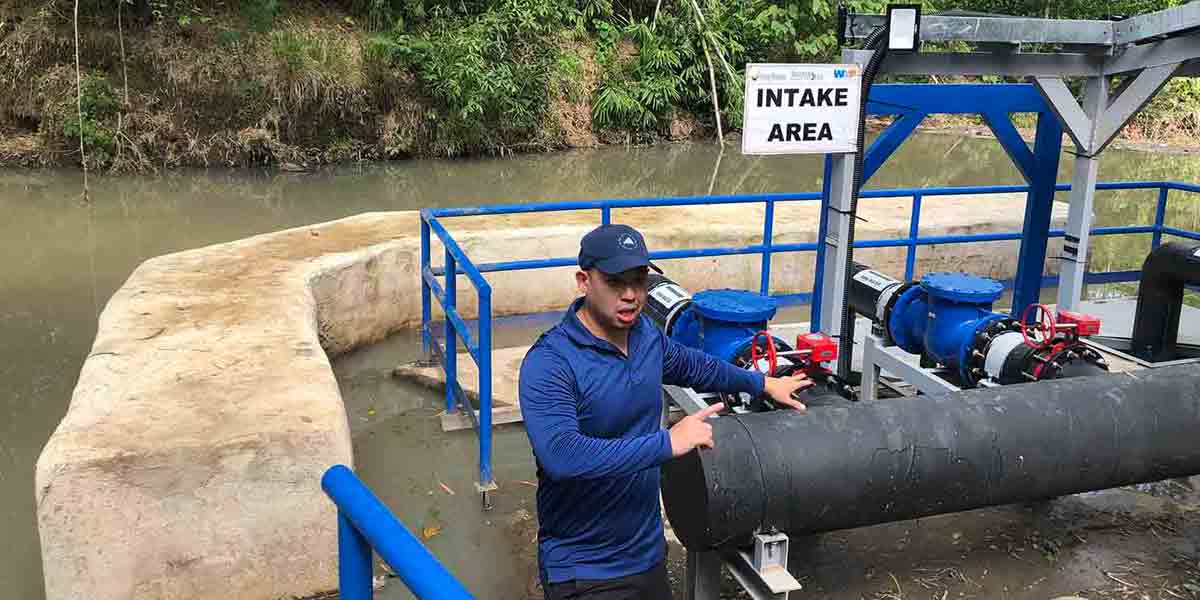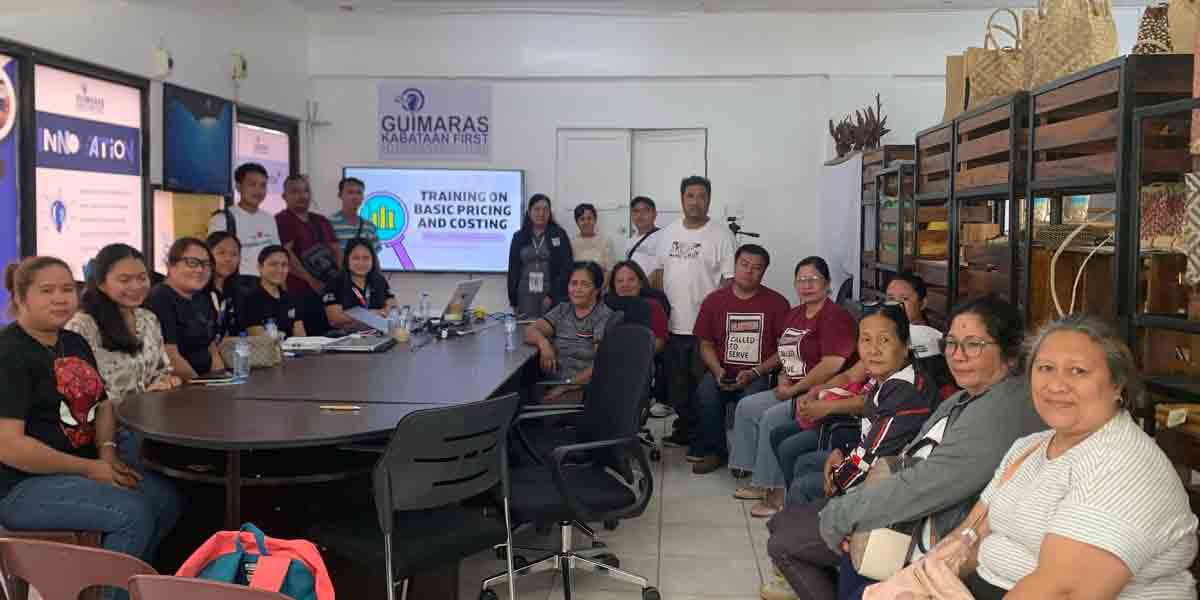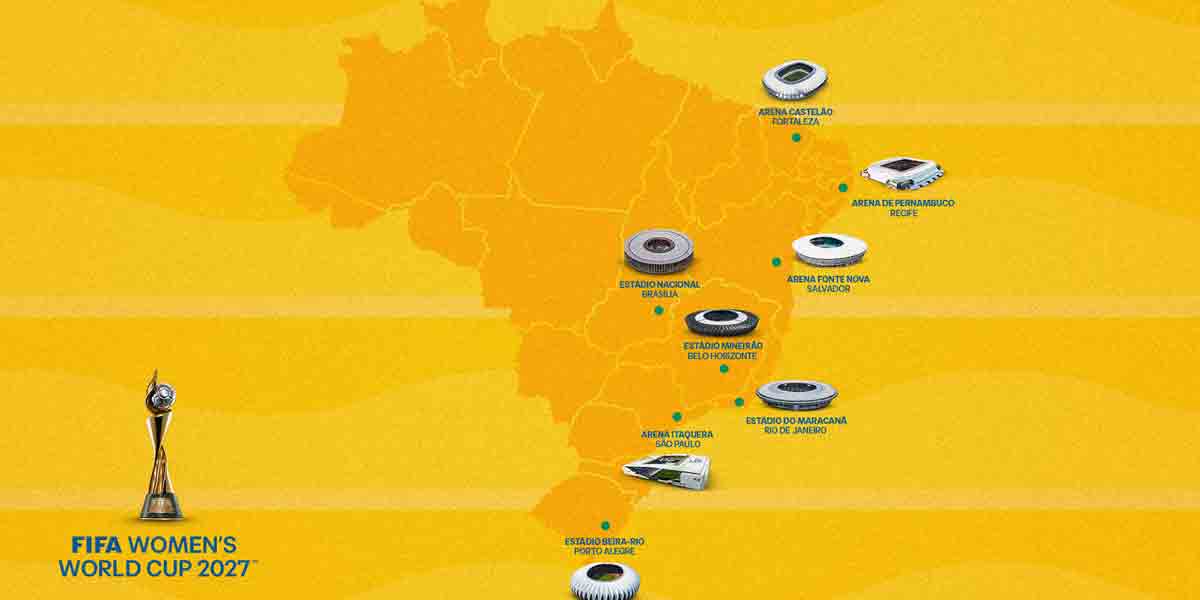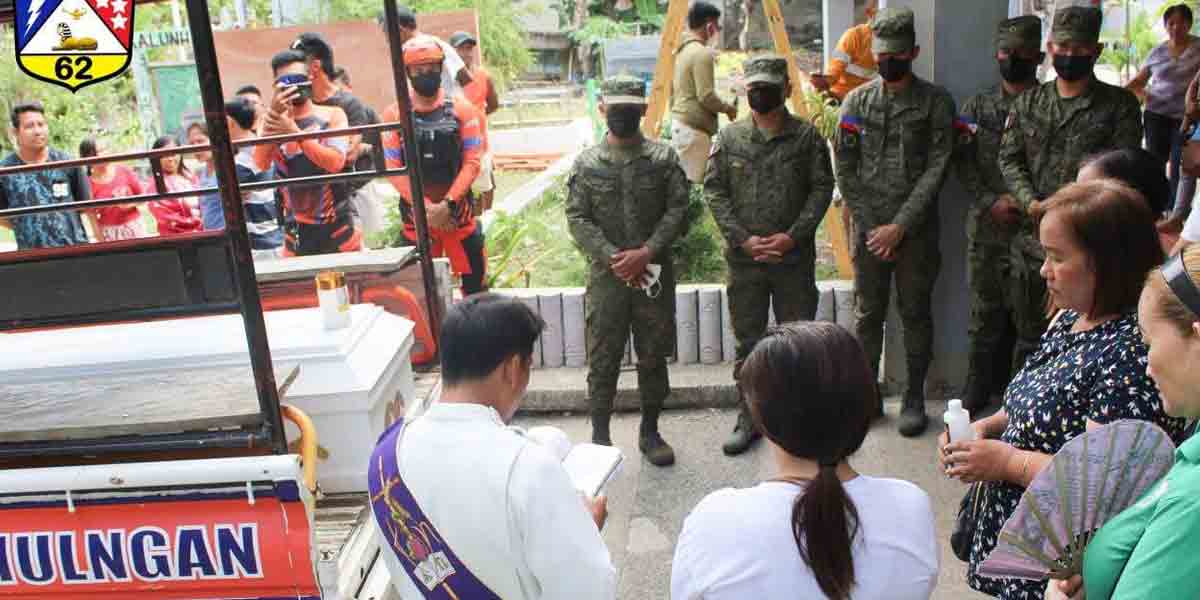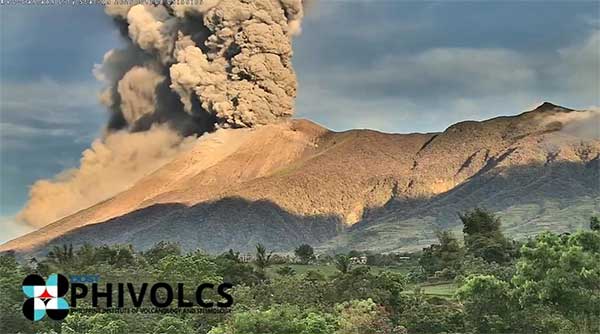
Mount Kanlaon erupted Tuesday morning, April 8, spewing ash plumes as high as 4,000 meters and raising renewed concerns for families still recovering from last year’s twin eruptions.
The Philippine Institute of Volcanology and Seismology (PHIVOLCS) has kept the alert level at 3, indicating a relatively high level of unrest and the potential for more explosive activity.
No injuries or structural damage have been reported as of Tuesday afternoon, but thousands remain displaced, many of whom have been living in evacuation centers or with relatives since the June and December 2024 eruptions.
CARE Philippines, a humanitarian organization active in the country since 1949, expressed concern for communities in Negros Island who continue to face uncertainty due to the volcano’s activity.
“CARE Philippines is closely monitoring the situation following the recent Mt. Kanlaon eruption in Negros,” said Reiza S. Dejito, Country Director of CARE Philippines, in an official statement.
“It has brought renewed fear and uncertainty to families who’ve already endured months of displacement since last year,” she said.
“They’ve been living in evacuation centers and with relatives—hoping to return home, only to face another eruption.”
CARE Philippines has been working closely with the Canlaon City local government unit to deliver emergency relief including food, personal protective equipment, and multi-purpose cash assistance.
In December 2024, the organization provided 1,050 sacks of rice and 10,000 pieces of KN95 face masks to the local government to support immediate needs following the earlier eruption.
In March 2025, CARE distributed financial aid to 2,100 families, helping them address food, hygiene, and shelter needs as displacement continued into the new year.
Dejito emphasized the importance of addressing the specific needs of women and girls during crisis response.
“We remain in close coordination with local authorities and partners to assess emerging needs, with a focus on the safety and dignity of women and girls – particularly pregnant women, adolescent girls, single mothers, and female-headed households who may lack access to essentials or protection,” she said.
CARE has called on the wider humanitarian and donor community to continue supporting the response, warning that families impacted by the ongoing eruptions must not be forgotten.
The Philippines ranks among the most disaster-prone countries globally due to its location along the Pacific Ring of Fire, making volcanic eruptions, earthquakes, and typhoons frequent and often devastating.
Mt. Kanlaon, one of the country’s most active volcanoes, straddles the provinces of Negros Oriental and Negros Occidental, and last saw significant activity in December 2024 when thousands were forced to flee their homes.
As of Tuesday, authorities are urging residents to avoid the four-kilometer permanent danger zone around the volcano, and emergency teams remain on standby for possible evacuation escalation.

